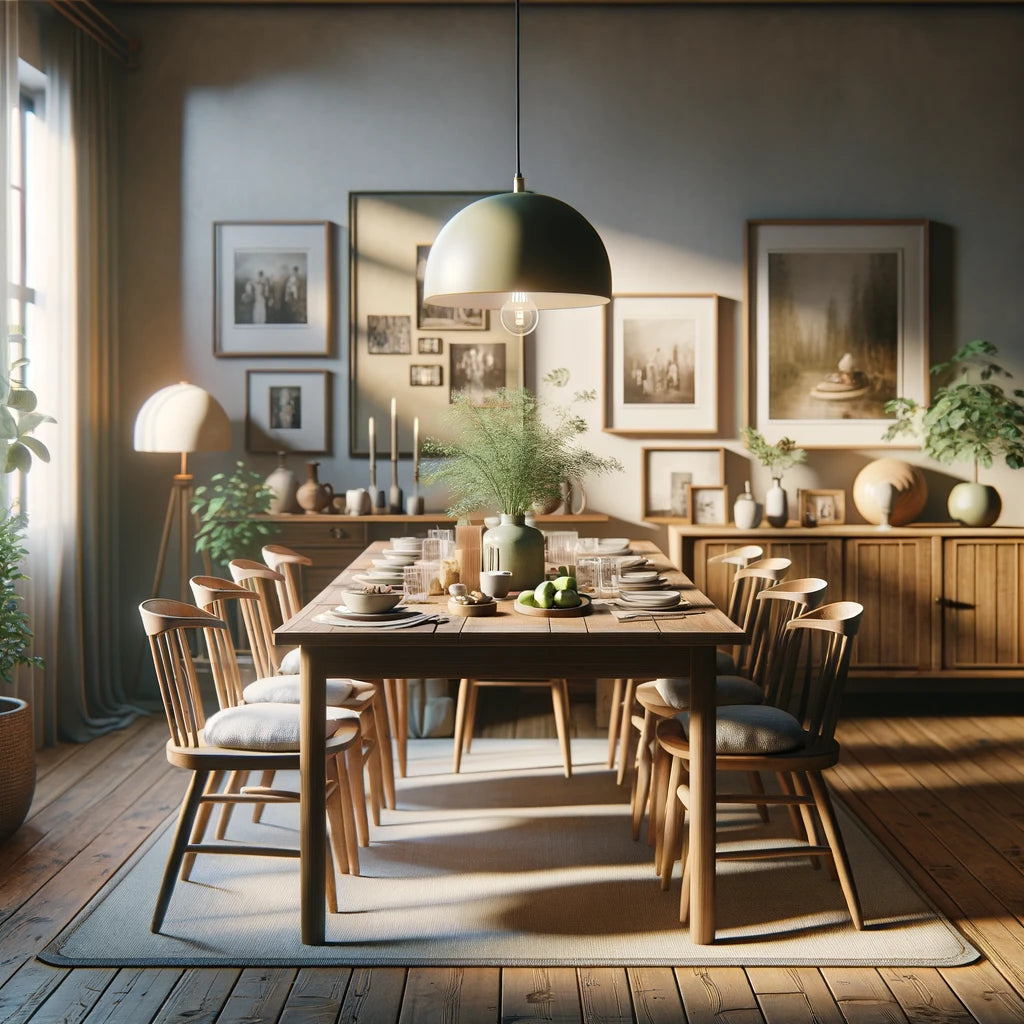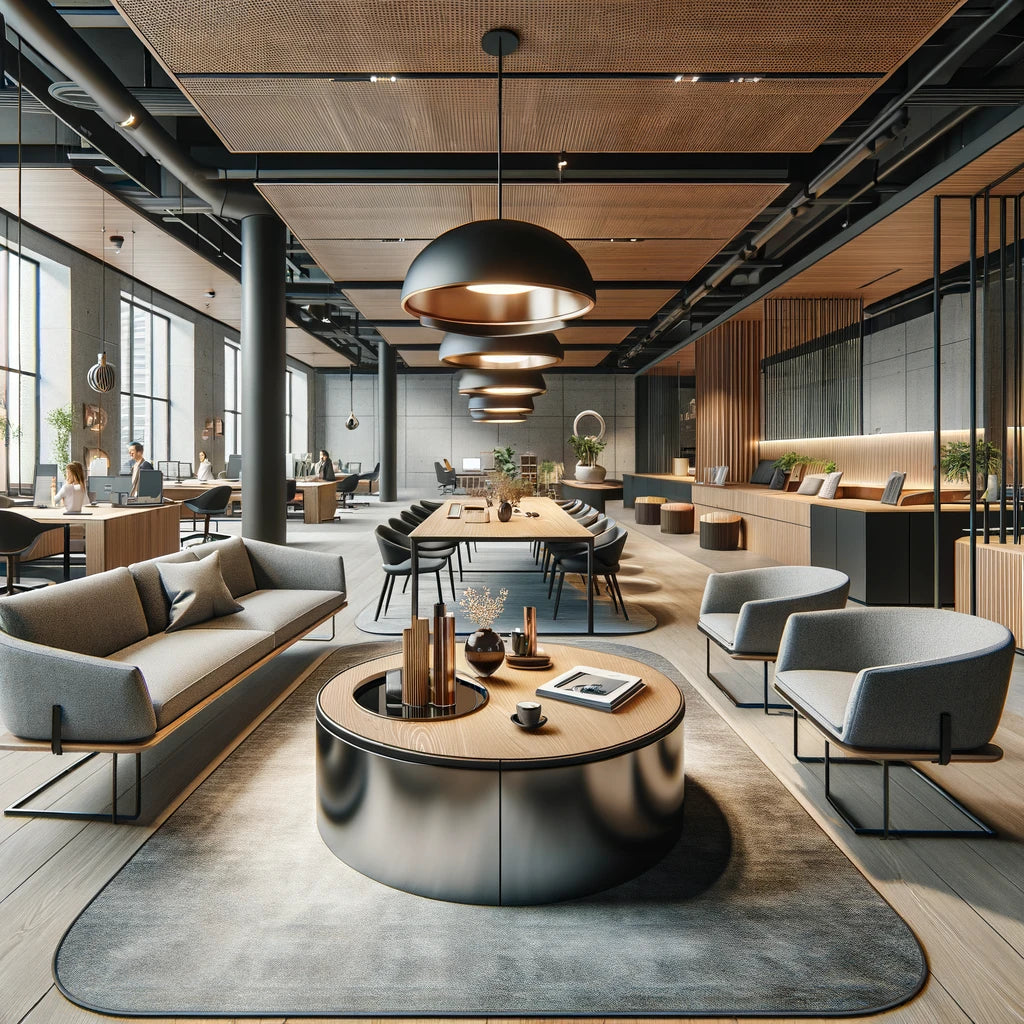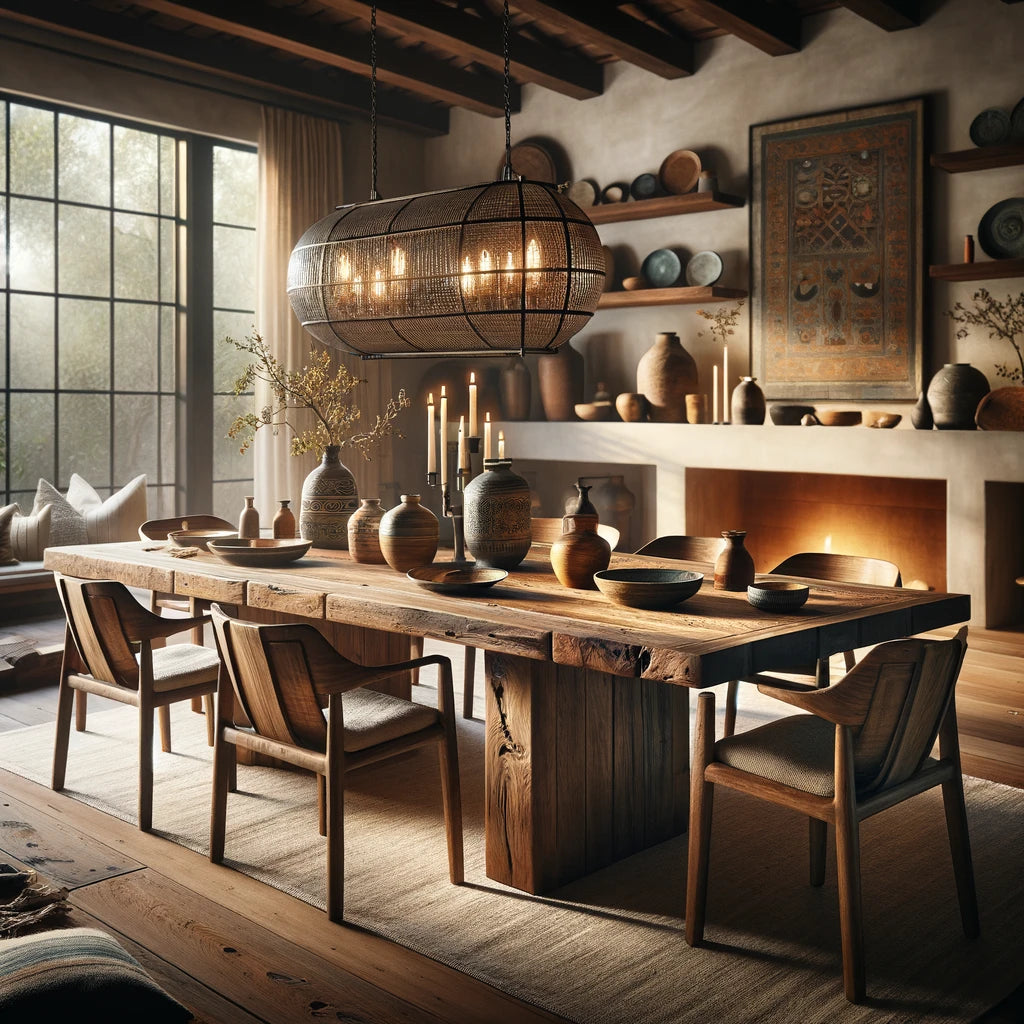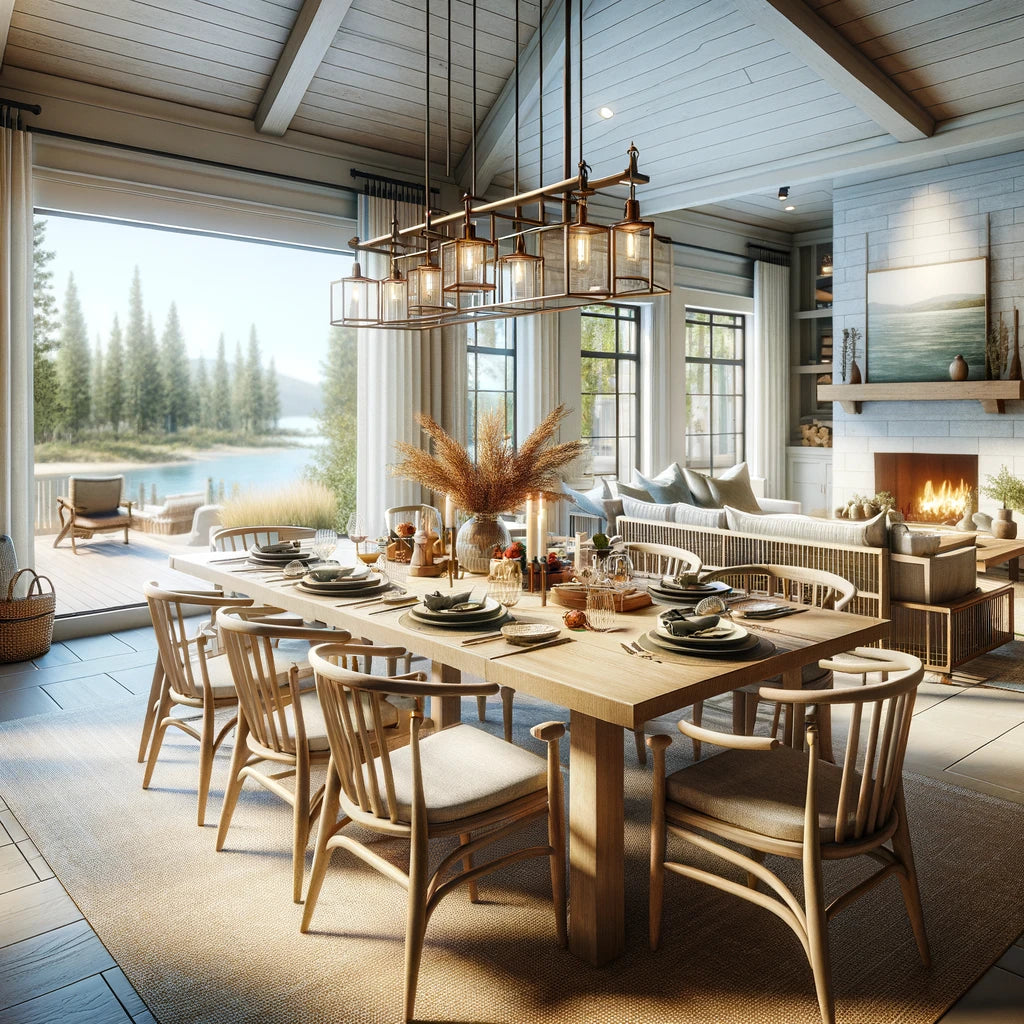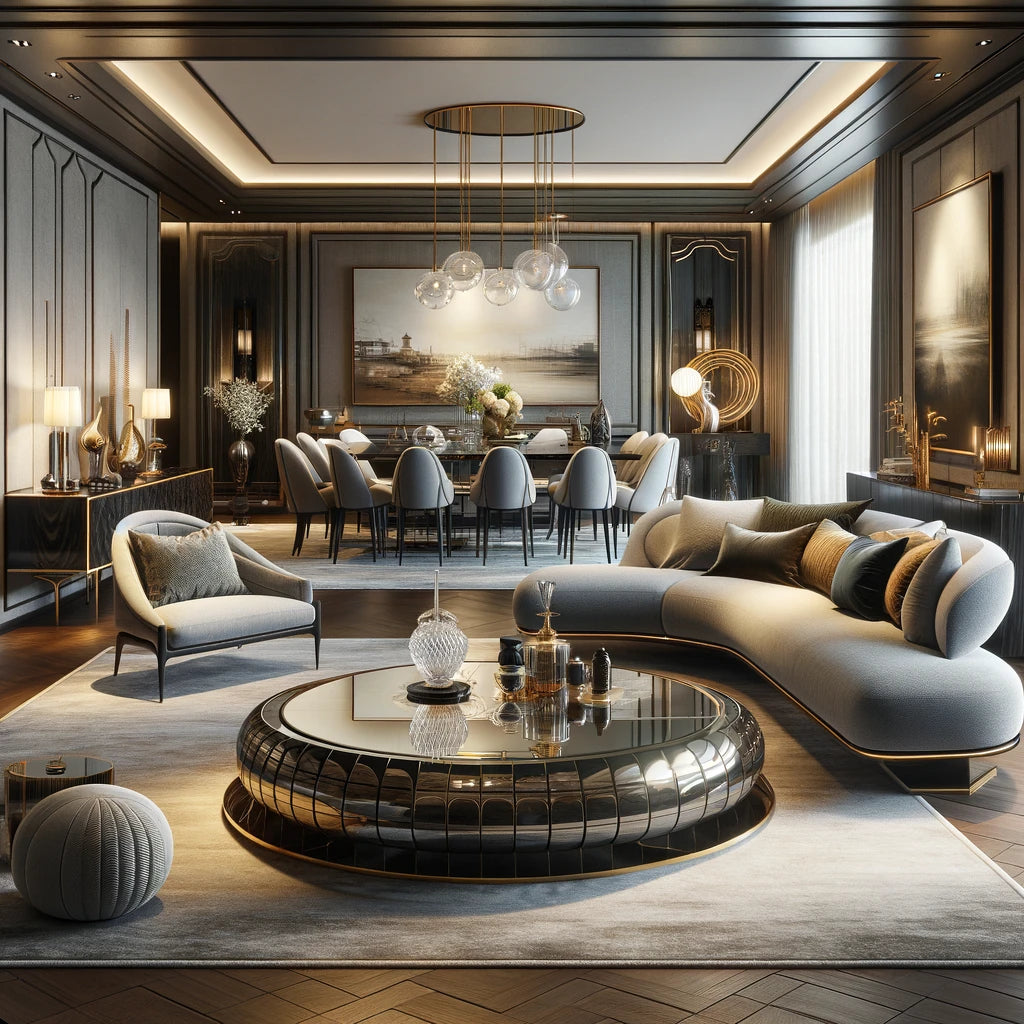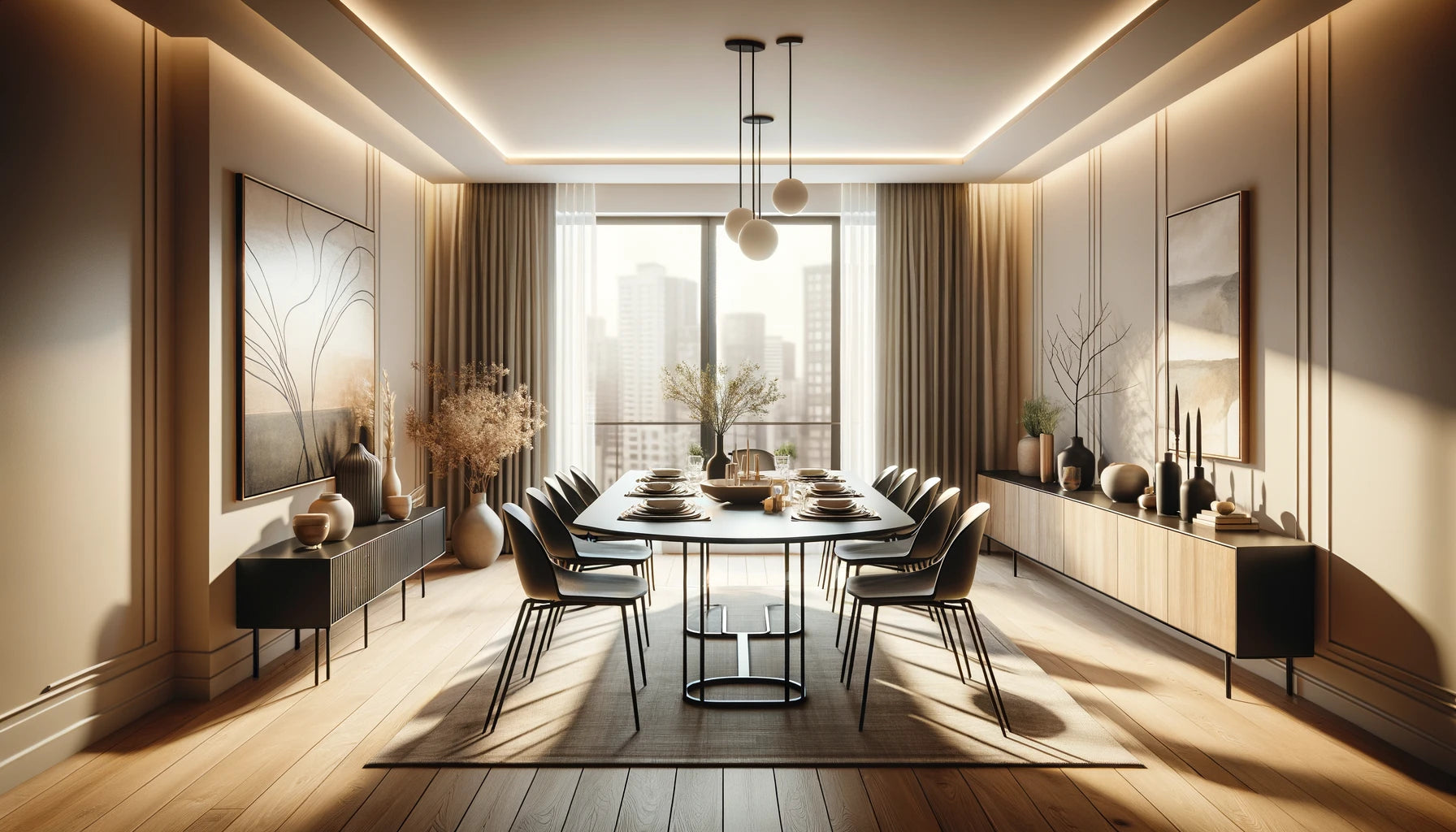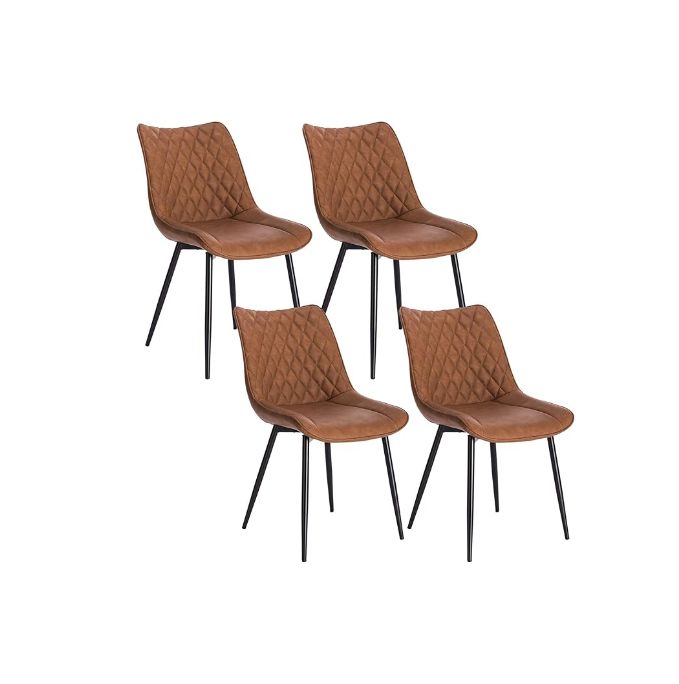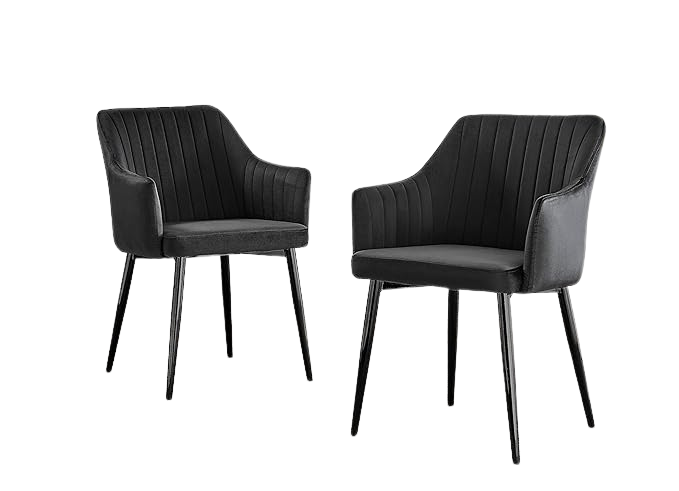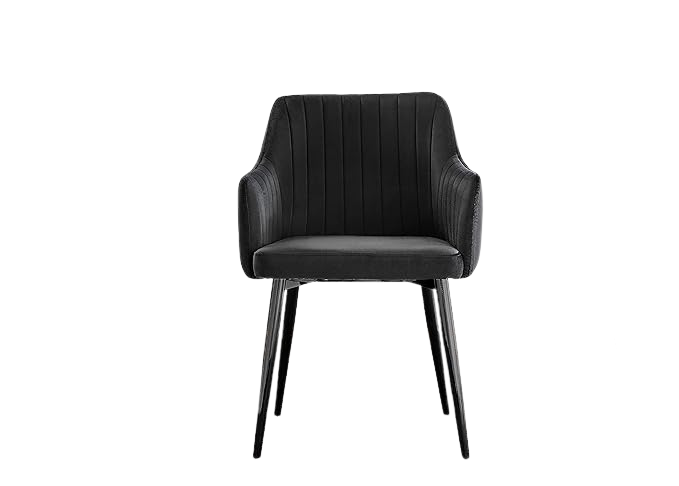In today’s fast-paced world, the home office has become a vital space for many professionals. It's not just a place to manage tasks; it's a reflection of personal style, a hub of creativity, and a sanctuary for deep thought.
This guide delves into the essentials of creating a home office that harmonises functionality, comfort, and personal expression. From the furniture that defines the space to the technological integrations that enhance it, each aspect is a piece of the puzzle that makes up the ideal workspace.
1. Elegance in Ergonomics
The journey to crafting an exquisite home office begins with selecting furniture that perfectly melds comfort with sophistication. The choice of an executive chair is paramount; it's not just a seat but a throne that commands respect and exudes luxury. Opt for one upholstered in fine-grain leather, preferably in rich tones like burgundy, navy, or classic black, that complements the office's colour palette. The chair should offer excellent lumbar support, adjustable height features, and perhaps even massage functions to ensure that long hours of work do not take a toll on your body.

Moving on to the desk, this piece is much more than a functional item; it's the focal point of the room. A classic solid wood desk, with intricate inlaid details, can evoke a sense of timeless elegance. Woods like mahogany, walnut, or cherry are not only durable but also rich in colour and texture, making them ideal choices. For a more contemporary appeal, consider a desk with a minimalist design, featuring clean lines and made from high-quality materials such as tempered glass, polished steel, or even a modern composite. The design should offer a spacious, clutter-free surface, with discreet drawers or compartments for essential documents and tools.

Complement these key pieces with secondary furniture that balances functionality and aesthetic appeal. This could include a credenza for additional storage, a small conference table for meetings, or a bookshelf that showcases your collection of literature and professional accolades. The materials and colour scheme of these pieces should harmonise with the primary furniture, creating a cohesive and inviting workspace.
The ergonomics of the space extend beyond the furniture to the layout of the room. Ensure that the furniture arrangement allows for easy movement and is aligned with the natural light sources to reduce eye strain and enhance the room's ambiance. The placement of the desk, particularly, should maximise your view – whether it's facing a window with a serene outdoor view or positioned in a way that highlights the room's best architectural features.
2. Technological Sophistication
In the realm of the home office, technology is not just a tool but an integral part of the décor, blending seamlessly with the room's sophisticated aura. The goal is to choose technology that enhances functionality while maintaining the elegance of the space.
Begin with selecting a computer that is not just high-performing but also aesthetically pleasing. Sleek designs with minimalistic lines and elegant finishes, like brushed metal or matte black, are ideal. The computer should be powerful enough to handle all professional tasks with ease, boasting the latest in processing speed, memory, and graphics capabilities.

Accessories are equally important and should be chosen for both their functionality and design. Wireless keyboards and mice in premium materials and finishes can complement the desk's look. Monitors should be slim and frameless, offering crisp, clear displays without being visually obtrusive. Opt for models that can be mounted or have stands that match the office's style.
Integrated technology solutions can significantly enhance the functionality of your space without compromising on style. Hidden screens that retract into desks or walls, wireless charging stations seamlessly built into the desk surface, and high-fidelity sound systems discreetly installed are excellent ways to incorporate technology. These features not only keep the space clutter-free but also preserve the aesthetic integrity of your office.
Connectivity is another aspect to consider. Ensure your office is equipped with high-speed internet and has ample power outlets strategically placed for ease of access. Hidden cable management systems can help maintain a neat and organised look.

Finally, consider adding a touch of personalisation with tech gadgets that reflect your interests or hobbies. This could be anything from a digital art display that changes artwork to a state-of-the-art espresso machine for your coffee breaks, seamlessly integrating your personal tastes into your professional space.
3. A Personal Gallery of Success and Inspiration
The home office transcends beyond being a mere workspace; it becomes a personal museum that narrates your story of success and continual aspiration. This space should be an eclectic mix of personal achievements, artistic inspirations, and elements that reflect your unique taste and journey.
Start by selecting the right spots to display your professional achievements. Whether it's a series of framed diplomas, significant awards, or recognitions, these should be placed in a manner that they are visible, yet not overpowering. Custom lighting can be used to highlight these symbols of accomplishment, ensuring they catch the eye and evoke a sense of pride and motivation.
Art plays a pivotal role in this personal gallery. Choose pieces that resonate with your personality and aesthetic preferences. It could be a classic oil painting, modern abstract art, or even sculptures that add a three-dimensional element to the room. The art should not only be a visual delight but also serve as a source of inspiration and a conversation starter. Rotating the artwork periodically can keep the space dynamic and reflective of your evolving tastes.
Personal memorabilia, whether it's a collection of rare books, a vintage globe, or family heirlooms, should have a special place in your office. These items often have stories attached to them, making your office not just a workspace but a place rich with history and personal significance.

Incorporate elements that represent your aspirations and future goals. This could be anything from a vision board, a collection of models related to your hobbies or interests, or even a display of books that signify your areas of future exploration and learning.
4. Lighting: The Mood Setter
In the realm of home offices, lighting is not just a functional necessity; it is an art form that sets the tone for the entire space. The right lighting can transform your office into a sanctuary of productivity and serenity, influencing mood and energy levels throughout your workday.

Start by harnessing the power of natural light. If possible, position your desk near a window to benefit from the invigorating effect of daylight. Natural light has been proven to boost mood and productivity, not to mention its ability to enhance the true colours and beauty of your office décor. However, be mindful of the placement to avoid glare on your computer screen.
As the day transitions, your lighting needs to change. This is where sophisticated artificial lighting comes into play. Begin with an elegant desk lamp – one that not only provides focused task lighting but also adds a decorative touch to your workspace. Choose a lamp with adjustable brightness and a design that complements the overall style of your office. Whether it’s a sleek, modern design or a classic banker's lamp, it should be as much a statement piece as it is a source of light.

Ambient lighting is crucial for creating an overall mood in the room. Soft, diffused lighting can reduce shadows and provide a comforting glow. Consider recessed ceiling lights, wall sconces, or floor lamps that fill the room with a warm, gentle light. These should be controllable, either through dimmer switches or smart home systems, allowing you to adjust the lighting to suit different times of the day or specific tasks.
Don’t forget about accent lighting. This can be used to highlight architectural features, artwork, or bookcases, adding depth and dimension to the room. LED strip lighting, picture lights, or spotlights can be strategically placed to draw attention to these areas.
5. Sophisticated Organisation
In a home office, organisation transcends mere functionality; it becomes an integral part of the room’s elegance and sophistication. A well-organised space not only facilitates efficiency and clarity of thought but also contributes to the overall aesthetic appeal of the office.
Begin by considering cabinetry that complements the room's style. Custom-built cabinetry, crafted from premium materials like rich hardwoods or high-gloss finishes, can transform storage into a design feature. The cabinets should be designed to neatly house all your files, documents, and office supplies, keeping them accessible yet out of sight. Attention to detail, such as the choice of handles or knobs, can add a personal touch and enhance the luxury feel.
Bespoke bookshelves are another essential element of a sophisticated home office. They offer a dual purpose – organising your collection of books and professional literature, and displaying them as a testament to your knowledge and interests. These bookshelves can be custom-designed to fit your space perfectly, with attention paid to the height and depth of shelves to accommodate different book sizes. Consider incorporating unique features such as built-in lighting or glass doors for added elegance.

Elegant storage solutions should extend to your desk area as well. A clutter-free desk is imperative for focus and productivity. Opt for desk organisers, drawer dividers, and other accessories made from materials that match your office's theme, such as leather, wood, or metal. This keeps your necessary tools within easy reach while maintaining a neat and orderly appearance.

Don’t overlook the importance of technology organisation. Cable management systems should be implemented to keep wires and cables hidden, maintaining the clean lines and uncluttered look of your office. This can include built-in solutions within the desk or discreet cable conduits that align with the room's design.
Incorporate elements that add to the functionality while enhancing the room’s charm. A rolling file cabinet, for example, can be both practical and a stylish piece of furniture. A beautifully crafted magazine rack, a sleek pen holder, or a designer table clock can serve functional purposes while adding character to the space.
6. A Nook for Relaxation
In the design of a well-appointed home office, it's important to include a dedicated area for relaxation and informal interaction. This space, thoughtfully curated, becomes an oasis for moments of reflection, casual reading, or congenial conversations with guests.
Start by selecting seating that promises comfort and style. A plush sofa or an inviting armchair can be the centrepiece of this relaxation nook. The upholstery should be of high quality and in harmony with the rest of the office’s décor. Whether it's a classic leather finish or a richly textured fabric, the seating should invite you to unwind and take a break from the workday’s demands.
Position this area to take advantage of the room's best features. If there's a window with a pleasing view, place the seating near it to allow for moments of contemplation while gazing outside. If the room boasts an impressive bookshelf or an art piece, orient the seating to face these elements, providing a visually engaging backdrop for thought or conversation.
Incorporate additional elements to enhance this nook's functionality and comfort. A small coffee table or side table is perfect for holding a book, a cup of coffee, or a laptop, making the space versatile for various leisure activities. Add a soft throw blanket or decorative pillows for an extra touch of comfort and style.

Lighting in this area should be conducive to relaxation. A floor lamp with a soft, diffused light can create a warm, inviting atmosphere, distinct from the task-oriented lighting in the rest of the office. This helps to demarcate the relaxation area as a separate, tranquil zone within the office.
Consider adding a small piece of greenery, like a potted plant or a vase of fresh flowers, to bring a bit of nature and freshness into the space. This not only adds a decorative touch but also contributes to a serene and restful environment.
This relaxation nook can also double as an informal meeting area. When entertaining professional guests, this space offers a more relaxed setting for discussions, away from the formality of the main workspace. It reflects a well-rounded approach to the work environment, acknowledging the importance of comfort and ease in fostering productive professional relationships.

Conclusion
Creating a home office that resonates with your personal style and professional needs is a journey of combining practicality with personal expression. As we have explored, it starts with the right furniture that not only supports your body but also pleases your senses.
The integration of technology should be seamless, enhancing your work efficiency without disrupting the aesthetic flow of the space. Your office should tell your story, displaying your achievements and inspirations, and should be illuminated in a way that sets the right mood for every task.
Organisational elements are key, not just for efficiency but also to maintain an environment that is pleasing to the eye and mind. And finally, a special nook for relaxation is essential to balance the rigours of work with moments of tranquillity.
By thoughtfully considering each of these elements, you can create a home office that is more than just a workspace – it’s a reflection of your professional journey, personal style, and the essence of your success.


